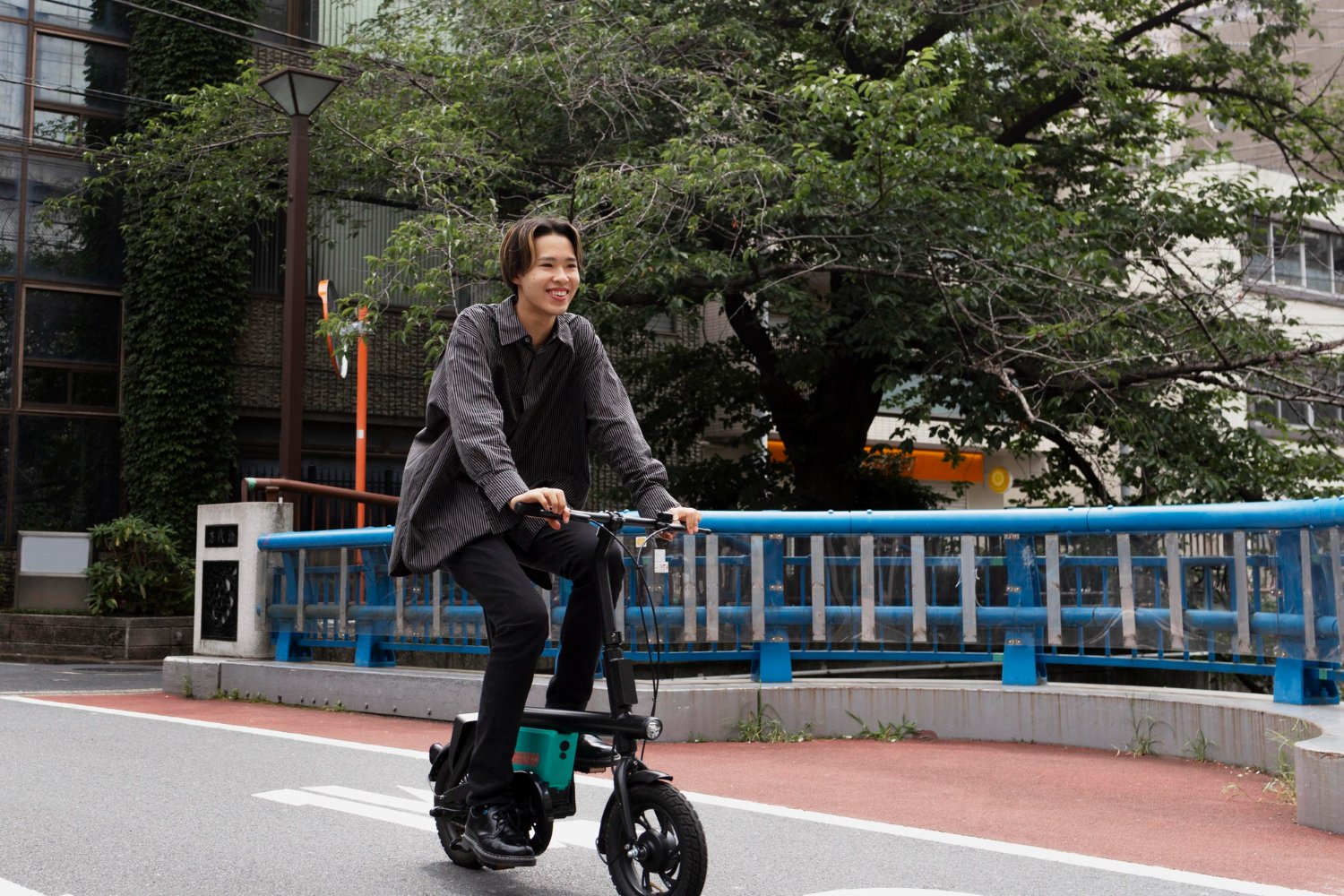
How fast do electric bikes go?
Introduction to Electric Bikes
How fast do electric bikes go? Electric bikes, or e-bikes, integrate an electric motor into a traditional bicycle framework to assist with pedaling. This assistance can make riding easier, faster, and more enjoyable. With varying levels of motor power and design features, e-bikes cater to different riding needs, from daily commuting to off-road adventures.
Types of Electric Bikes and Their Speeds
City and Commuter E-Bikes
City and commuter e-bikes are designed for urban environments, focusing on comfort and practicality. These e-bikes typically have a top speed ranging from 20 to 28 mph (32 to 45 km/h). They are equipped with features like fenders, racks, and lights to facilitate city riding.
Mountain E-Bikes
Mountain e-bikes are built for rugged terrain and off-road conditions. They usually have a top speed of 20 to 28 mph (32 to 45 km/h), similar to commuter e-bikes. However, their speed can be influenced by the type of terrain, the motor’s power, and the rider’s skills.
Road E-Bikes
Road e-bikes are designed for speed and efficiency on paved surfaces. They can reach speeds of 28 to 40 mph (45 to 64 km/h), making them the fastest among e-bike categories. They feature aerodynamic designs and high-performance components to maximize speed and endurance.
Folding E-Bikes
Folding e-bikes are compact and portable, making them ideal for commuters who need to combine cycling with public transport. Their top speed typically ranges from 15 to 25 mph (24 to 40 km/h). The speed is often limited to balance performance with portability and compact design.
Factors Affecting E-Bike Speed
Motor Power
How fast do electric bikes go: The power of an e-bike’s motor significantly influences its speed. E-bikes generally have motors ranging from 250 watts to 750 watts. Higher wattage motors provide more power and can achieve higher speeds. For example, a 750-watt motor might push an e-bike closer to its top speed limit compared to a 250-watt motor.
Battery Capacity
Battery capacity affects the performance and range of an e-bike. Larger batteries can support higher speeds over longer distances. However, the speed of an e-bike is also limited by its design and regulations, so a larger battery doesn’t necessarily mean a higher top speed but rather extended range and consistent performance.
Rider Weight
The weight of the rider can impact the e-bike’s speed. Heavier riders might experience slower acceleration and reduced top speeds compared to lighter riders. This is due to the increased effort required from the motor to move the additional weight.
Terrain and Weather Conditions
Terrain and weather play crucial roles in determining an e-bike’s speed. Uphill climbs, rough trails, and strong headwinds can reduce speed, while flat and smooth surfaces allow for higher speeds. Wet or icy conditions can also impact traction and overall performance.
Legal Speed Limits for E-Bikes
How fast do electric bikes go: Different regions have varying regulations regarding e-bike speeds. In many places, e-bikes are classified into different classes, each with specific speed limits:
Class 1: Pedal-assist e-bikes with a maximum speed of 20 mph (32 km/h).
Class 2: Throttle-assisted e-bikes, also limited to 20 mph (32 km/h).
Class 3: Pedal-assist e-bikes with a maximum speed of 28 mph (45 km/h), typically not allowed on bike paths.
It’s essential to familiarize yourself with local regulations to ensure compliance and avoid fines or penalties.
Max Speed vs. Safe Riding Practices
While knowing your e-bike’s maximum speed is important, safety should always be a priority. Riding at high speeds can increase the risk of accidents, so it’s crucial to wear proper safety gear, including helmets and reflective clothing. Additionally, maintaining a safe speed based on road conditions and traffic is essential for safe riding.
How to Enhance Your E-Bike’s Speed
If you’re looking to boost your e-bike’s speed, consider these tips:
Upgrade the Motor: Replacing the motor with a more powerful one can increase top speed, though this may affect battery life and compliance with local laws.
Optimize Battery Performance: Ensure your battery is in good condition and fully charged for optimal performance.
Reduce Weight: Lighter e-bikes and riders can achieve higher speeds more easily.
Maintain Proper Tire Pressure: Well-inflated tires reduce rolling resistance, helping improve speed.
E-Bike Speed vs. Traditional Bicycles
Compared to traditional bicycles, e-bikes offer enhanced speed and ease of pedaling, particularly on inclines or long distances. While a professional cyclist on a traditional bike might reach speeds over 30 mph (48 km/h), an e-bike can provide similar speeds with less effort and consistent performance, making them an attractive option for many riders.
Common Misconceptions About E-Bike Speeds
How fast do electric bikes go: Several misconceptions about e-bike speeds exist:
E-Bikes Are Extremely Fast: While e-bikes can be speedy, they are often limited by design and regulations to ensure safety.
E-Bikes Are Only for Lazy Riders: E-bikes still require pedaling, and many riders use them to extend their range or tackle challenging terrain.
All E-Bikes Are the Same Speed: The speed of an e-bike varies significantly based on its type, motor, and other factors.
Conclusion: How fast do electric bikes go?
How fast do electric bikes go? Electric bikes offer a versatile and efficient mode of transportation, with speeds varying by type and usage. From city commutes to mountain trails, e-bikes provide a range of speeds to suit different needs. Understanding the factors affecting e-bike speed and adhering to local regulations can help you make the most of your ride while ensuring safety and compliance.
Frequently Asked Questions
Q:1 What is the fastest e-bike available?
A:1 The fastest e-bikes, often road e-bikes, can reach speeds of up to 40 mph (64 km/h). However, their speed may be limited by legal regulations.
Q:2 Can you increase the speed of an e-bike?
A:2 Yes, upgrading the motor or optimizing performance factors can increase an e-bike’s speed. However, this should be done in compliance with local regulations.
Q:3 Are e-bikes legal to ride on all roads?
A:3 E-bike legality varies by location. Some areas restrict e-bike use on certain roads or paths, so check local regulations before riding.
Q:4 How does rider weight affect e-bike speed?
A:4 Heavier riders may experience slower acceleration and reduced top speeds due to the increased effort required from the motor.
Q:5 What is the typical speed range for a commuter e-bike?
A:5 Commuter e-bikes typically have a top speed ranging from 20 to 28 mph (32 to 45 km/h).
See More










